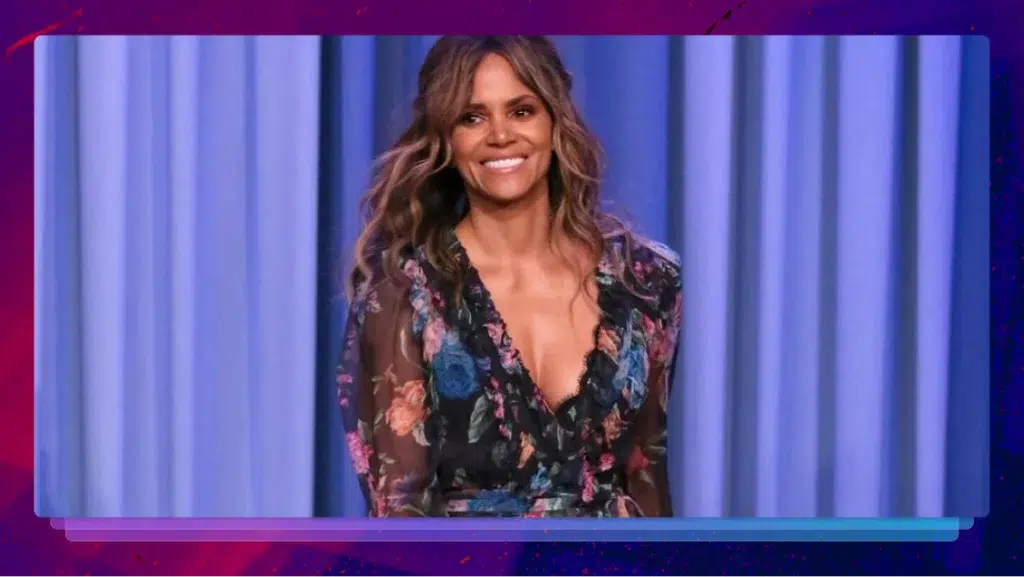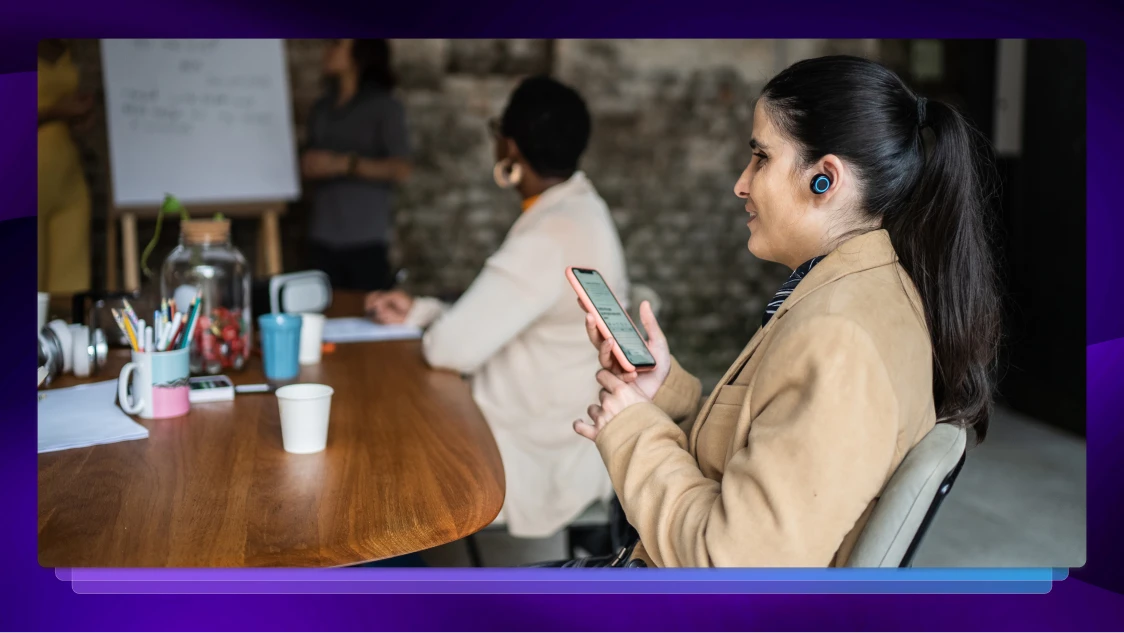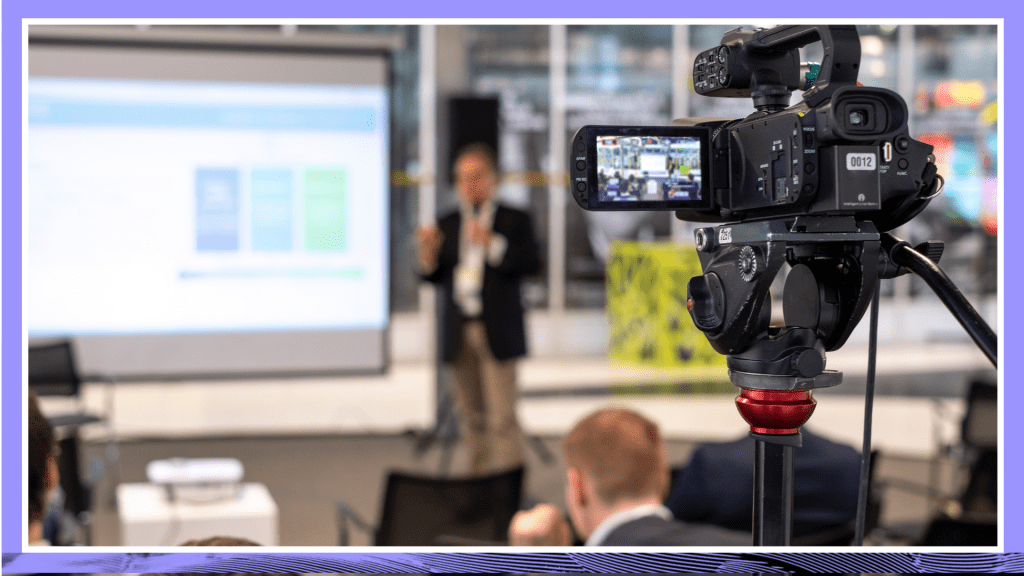Deaf Awareness Month 2025 — How Should Your Brand Celebrate?
Deaf Awareness Month takes place each September. See Rev’s tips for celebrating Deaf Awareness Month and making your brand more accessible.

Deaf Awareness Month is just that — a set of time dedicated to increasing public awareness of the deaf and hard of hearing. It’s a time to recognize and better understand their cultures and communication styles. And for brands, it’s a great time to gut-check how accessible your content really is.
Of course, in a perfect world, we wouldn’t need a month to recognize any group of people, but that’s not the reality! This holiday serves as a great reminder to support, celebrate, and include the Deaf and the organizations that support them.
Here are a few ways you can celebrate Deaf Awareness Month, as well as some information about the month and its history.
When Is Deaf Awareness Month?
Deaf Awareness Month takes place every September.
Think of it as a month-long celebration of the Deaf culture, similar to Black History Month in February or National Hispanic American Heritage Month which kicks off every September 15th. It’s a time to recognize Deaf culture and history, as well as understand the community’s needs a little more.
Understanding Terminology
First things first. It’s not “Hearing Impaired Awareness Month.” The term “hearing impaired” can often carry a negative connotation. It focuses on what someone can’t do, as opposed to what they can. The National Association of the Deaf (NAD) says that acceptable terms are “deaf,” “Deaf,” and “hard of hearing,” or HoH.
There are degrees of hearing loss, ranging from slight (small hearing decrease) to profound (unable to hear). In their book “Deaf in America: Voices from a Culture,” authors Carol Padden and Tom Humphries explain that “deaf” (lowercase) refers to people with hearing loss. Then, there is Deaf (uppercase), defined as “a particular group of deaf people who share a language — American Sign Language — and a culture.”
History of Deaf Awareness Month
Deaf Awareness Month sure has come a long way. You could say it’s roughly 30 times bigger than it once was. First celebrated in 1958 as the International Day of the Deaf, it soon expanded to the International Week of the Deaf to commemorate the first World Congress of the World Federation of the Deaf, which took place in Rome in September 1951.
Eventually, the week was expanded to include the whole month, though International Week of the Deaf still happens every year in the last full week of September.
What About Deaf History Month?
April is Deaf History Month, which is a similar occasion but focuses more on the history of Deaf culture as it relates to the Deaf rights movement. It’s celebrated in April to mark some momentous occasions for deaf rights:
- April 15th, 1817: The first public school for the deaf in the country opened.
- April 8th, 1964: Gallaudet University opens. It’s the first university in which all programs and services are designed for Deaf and hard of hearing students.
Facts About the Deaf Community
Why is Deaf Awareness Month important? Well, according to the National Institute of Deafness and Other Communication Disorders (NIH), Deaf and hard-of-hearing people make up more of the population than you’d think. Here are some Deaf Awareness Month facts from the NIH website:
- 2 to 3 of every 1,000 children in the United States are born with a detectable level of hearing loss in one or both ears.
- Approximately 15% of American adults (37.5 million) ages 18 and over report some trouble hearing.
- About 5% of adults ages 45-54 have disabling hearing loss. The rate increases to 10% for adults ages 55-64. 22% of those ages 65-74 and 55% of those who are 75 and older have disabling hearing loss.
- 1 in 8 people in the United States (13%, or 30 million) ages 12 or older has hearing loss in both ears, based on standard hearing examinations.
- About 28.8 million U.S. adults could benefit from using hearing aids.
As you can see, hearing loss is pretty common in Americans. You could be living, working, or dealing with people with significant hearing loss and not even know it. That’s why Deaf Awareness Month is so important. We could all be more sensitive to those with hearing loss.
Communication Opportunities
Just because someone is Deaf or hard of hearing, it doesn’t mean they can’t communicate. There are a number of methods that the Deaf community uses to communicate, and vice versa. Some are based on technology and some are more organic. These include:
- American Sign Language (ASL): ASL is a complete, natural language that has the same linguistic properties as spoken languages, with grammar that differs from English. ASL is expressed by movements of the hands and face. It is the primary language of many North Americans who are Deaf and hard of hearing and is used by some hearing people as well.
- Hearing Aids: A hearing aid is a small electronic device worn in or behind the ear. It makes some sounds louder so that a person with hearing loss can listen, communicate, and participate more fully in daily activities. A hearing aid can help people hear more in both quiet and noisy situations. However, only about one out of five people who would benefit from a hearing aid use one.
- Cochlear Implants: A cochlear implant is a small, complex electronic device that can help to provide a sense of sound to a person who is profoundly Deaf or severely hard-of-hearing. The implant consists of an external portion that sits behind the ear and a second portion that’s surgically placed under the skin.
- Video Relay Services (VRS): Per the FCC, VRS is a form of Telecommunications Relay Service that enables persons with hearing disabilities who use American Sign Language to communicate with voice telephone users through video equipment, rather than through typed text. Video equipment links the VRS user with a communications assistant, or CA, so that the VRS user and the CA can see and communicate with each other in signed conversation.
- Closed Captions (CC): Closed Captions are a transcription of the dialogue and audio cues in a video, appearing as text on the bottom of the screen. These captions can be turned off or on. Closed Captions are useful to viewers who are Deaf or hard of hearing because they include background noises, speaker differentiation, and other important information.
Tips When Interacting With the Hard of Hearing
There’s no reason to feel awkward when interacting with the Deaf and hard of hearing, as long as you consider a few etiquette rules.
Whatever you do, don’t shout. It doesn’t help, and it can be embarrassing for everyone involved. Deaf and hard-of-hearing people are just like everyone else. They all have preferences and methods of communicating that are intensely personal. Pay attention to what they prefer, and when in doubt, ask. Other tips include:
- Note whether the person you’re communicating with prefers sign language, gesturing, writing, or speaking.
- Speak clearly and make eye contact to ensure that they can see your lips (but remember that lip-reading is not truly efficient for anyone).
- When using an ASL interpreter, look at the Deaf person, not the interpreter.
- When the Deaf person signs, be sure to look them in the eye.
- If you suspect that someone may be Deaf or hard of hearing, you can tap them on the shoulder or wave at them to get their attention.
- If you notice people having an ASL conversation, don’t stare. This is akin to eavesdropping.
How Your Brand Can Acknowledge and Connect
While Deaf Awareness Month is a good reminder to include the Deaf and hard of hearing in your messaging, accessibility should always be top of mind. Here are a few ways to help raise awareness while also expanding your audience.
- Volunteer for nonprofits that assist the Deaf — these can include schools, civil liberties groups, and community organizations.
- Contact national and state representatives, as well as municipal leaders, and ask them to support HoH legislation and regulations.
- Learn more about the community and culture. The National Deaf Center is a good place to start understanding deaf culture.
- Consider learning American Sign Language. It’s an immensely valuable tool for you and many others, just like learning Spanish or any other language.
- Add SDH subtitles to your content. This allows people who can’t use audio or understand the audio’s native language to understand your content.
- Feature Deaf or the hard of hearing in your content. Film a video in sign language. Make a “day-in-the-life” of a deaf employee Reel. Accessibility includes acknowledgment!
- Educate your employees. Though this should probably be a standard feature of your training, this month is a great time to start or upgrade your team’s education about interacting with the Deaf community.
Resources For Further Learning
Still have questions beyond “What is Deaf Awareness Month?” Here’s a list of resources that will help you expand your knowledge of Deaf people and Deaf culture.
- The National Deaf Center offers webinars, events, and other resources to help people better understand deaf culture and history.
- ASL University at lifeprint.com is a great place to learn American Sign Language one letter or word at a time.
- Rev wrote a blog about essential Deaf YouTube creators.
- We also wrote a blog about the universal importance of closed captions.
- The Signing Hands Foundation’s mission is to make all types of communication accessible to the Deaf Community through innovative solutions.
- To improve your brand’s overall accessibility, read this blog on National Speech Language Hearing Month.
How Accessible Is Your Brand?
If you aren’t sure, now is the time to act.
While we all should be more aware of Deaf people and Deaf culture all year around, this holiday is a great reminder to take strategic steps to be more inclusive (the same goes for other holidays, like learning disabilities awareness month). Educate your employees, audit your current accessibility practices, and add closed captioning or subtitles to all your content. Sound like too much work for one month? We might know of a service that can help…
Increase Content Accessibility Through a Caption Subscription With Rev

.webp)






